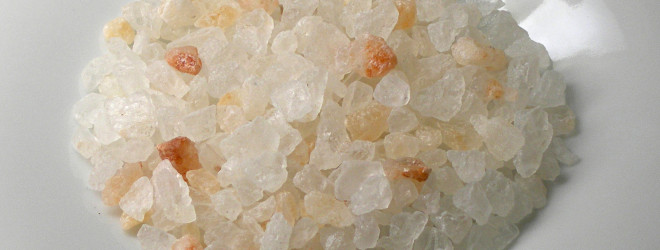Taken from: Food As Medicine: The Theory and Practice of Food
Kitchari is the classical Ayurvedic panacea, eaten whenever there is ill health or during a therapeutic regimen such as panch karma and detoxification. Essentially made from rice, kitchari is a universal food found in other cultures, with similar sounding names such as ‘kushari’ in the Middle East and ‘congee’ in China. There are an infinite array of variations, and based on the herbs and spices chosen, can be prepared to reduce vata, pitta or kapha. The following recipe is definitely Indian-inspired, using the herbs and spices of Ayurveda to enhance digestion.
The following recipe calls for fermented, whole grain mung and brown rice. Prepared in this way, kitchari is more nourishing, but harder for digestion. For people with weak digestion, or undergoing the graduated diet, the whole grains can be substituted with white basmati rice and washed mung dahl. While these don’t need to be fermented before use, ensure that you soak them overnight to enhance digestibility.
This recipe produces a soupy kitchari which is easy for digestion, but if you are looking to make this dish more substantial, reduce the amount of water to around 5-6 cups.
Ingredients
2 cups brown or white basmati rice (fermented, p. 144)
1/2 cup green or washed mung dahl (fermented, p. 144)
8 cups water
2 tbsp. ghee
1 tbsp. coriander powder
2 tsp. cumin seed
1 tsp. mustard seed
2-3 cinnamon sticks, broken into large pieces
10-12 cardamom pods, crushed
1 tsp. whole black pepper
½ tsp. hing powder
½ tsp. turmeric powder
sea salt, to taste
Directions
If you are using the whole grains, ferment (p. 144) the rice and mung beans first, and drain before use. For the white rice and washed mung dahl, simply soak over night in water. When the rice and beans are so prepared, melt ghee over medium heat in a large pot, and add in cumin seed, mustard seed, cinnamon bark, cardamom pods, black pepper and hing. Just as the mustard seeds start to pop, add in the coriander powder, turmeric and salt. Stir for another half a minute or so, and then add in the rice and dahl, frying in the fat and spices for a few more minutes before adding in 8 cups water or stock. Bring to a boil, reduce to a simmer and cook for 2-3 hours (~1 hour for white rice and washed mung dahl), until the rice and dahl is soft.
Asian kitchari is a variation on this recipe, substituting short grain brown rice for basmati rice, and adzuki bean for mung. Follow the same recipe but use flavors such as fresh ginger, garlic, seaweed and tamari. When it’s done mix in a couple tablespoons of miso paste and garnish with fresh chopped shiso leaf or cilantro.



